Buying Guides
Our experts have put together the top things to consider for each of our product ranges. Helping you choose the best product for you and your family.
Portable Heating
Dehumidifiers
Air Purifiers
Cooling fans
Sustainability
Sustainability plays a key role in the future of Dimplex. We believe it's our moral responsibility to do what we can for future generations.

Kaluza, EDF and Dimplex Join Forces to Cut Carbon through Smart Heating in the UK
London – Wednesday, 11th March 2020 – Kaluza, OVO Group’s intelligent energy platform, and EDF announced today that they are trialing an innovative solution to the UK’s heating challenge in the transition to a zero carbon grid. Over 100 internet-connected storage heaters from Glen Dimplex Heating and Ventiltion (GDHV) are being intelligently controlled by Kaluza, helping to warm homes with electricity that is less costly and carbon intensive.
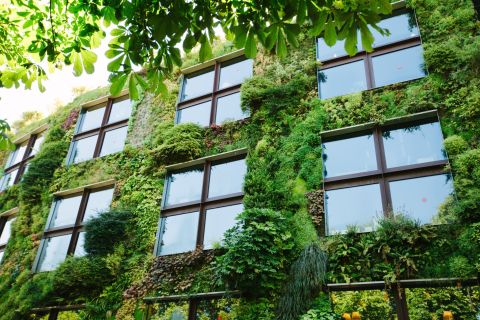
Updates to core Building Regulations hail the start of an energy transition
Last week saw the introduction of new Building Regulations for England with implications for heating, ventilation and hot water use in new and existing homes. This marks the start of an energy transition as we decarbonise our homes to meet future climate targets.

What are the changes to Part L implemented in June 2022?
The updates to parts of Building Regulations that deal with energy performance in Scotland and Wales are being introduced to support the net-zero trajectories in both devolved nations.

Investing in People to Enhance your Business
The heating and ventilation industry has traditionally found it difficult to attract new engineering talent, but it now faces a distinct skill shortage which must be addressed.

Key factors that will most likely influence the government’s 'Heat and Buildings Strategy’
The long anticipated ‘Heat and Buildings Strategy’ is a crucial part of government policy that aims to prepare the industry for the challenges in achieving the UK’s 2050 net-zero target.
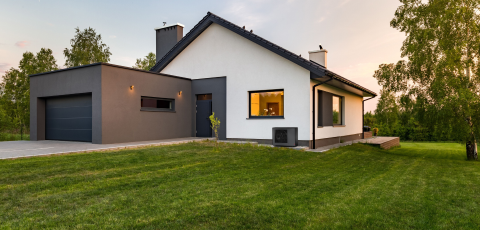
Hybrid heat pump electric panel heating new developments
Highly efficient hybrid electric solutions combine hot water heat pumps and direct electric panel heating to reduce the carbon footprint of new build residential developments

Can the Zeroth Energy System reduce the carbon footprint of HVAC services?
How can the Zeroth Energy System reduce the carbon footprint of heating, ventilation, and air-conditioning (HVAC) services in residential apartments and mixed-use developments?
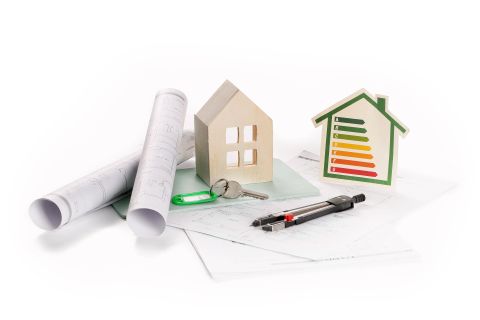
How is the UK Government planning to incentivise low carbon heating system installation through the Heat and Buildings Strategy?
The UK Government announced the much-anticipated Heat and Buildings Strategy on the 18th of November 2021. It revealed ambitions for the transition to low carbon buildings of the future, with plans to phase out fossil fuels in favour of electrification. The Heat and Buildings Strategy outlines how £3.9 billion of funding will be allocated in the three-year term of 2022-2025 to speed up the decarbonisation of heat.
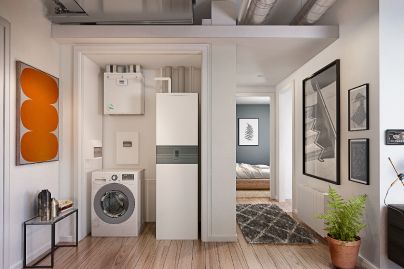
How does the Zeroth Energy System address domestic hot water demand and reduce primary energy use in apartments?
Domestic hot water (DHW) is typically the dominant energy load in modern, well insulated buildings. Ambient loops, such as the Zeroth Energy System can significantly reduce the annual CO2 emissions and primary energy use of large residential properties in two ways:
Balancing the DHW demand and output
Heating water to the required temperature at the point of use
We will consider how the technology achieves these reductions and what the impact is on modern developments.
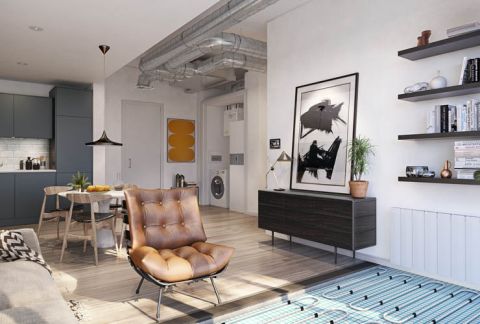
How do ambient networks that use in-apartment heat pumps work?
Ambient networks typically consist of in-apartment water-to-water heat pumps connected via a central loop to a central plant. Each heat pump uses ambient water from the central loop to provide heating, hot water and even cooling into the apartment. For domestic hot water use, the heated water is stored in an unvented, integrated cylinder that sits below the heat pump module in the apartment, whilst the heating circuit could use emitters such as radiators, fan coils or underfloor arrays.

How do I know what capacity fan coil I need?
Working out what capacity fan coil unit you need requires a lot of factors to be taken into consideration from the outset of a project, including solar gains. These include building orientation, geographical location, envelope construction materials and infiltration alongside internal gains such as lighting, equipment and occupancy. These will have to be considered with any potential plans to install solar shading, as they all have an impact on the predicted performance of a building.
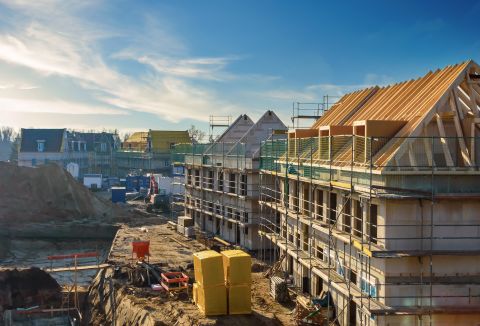
How to correctly size an ambient loop heat network using diversity factors
As their name suggests, ambient loops operate at significantly lower temperatures than traditional communal high temperature heating systems. This means that a different approach is required when sizing the ambient loop distribution system. Calculation of such systems follows a procedure where diversity is used to determine the design flowrate for a development. It also determines the sizing of pipework and circulation pumps for an ambient communal network solution such as the Zeroth Energy System. The in-apartment flowrates required for the selected size of the Zeroth Heat Pumps can then be calculated.











